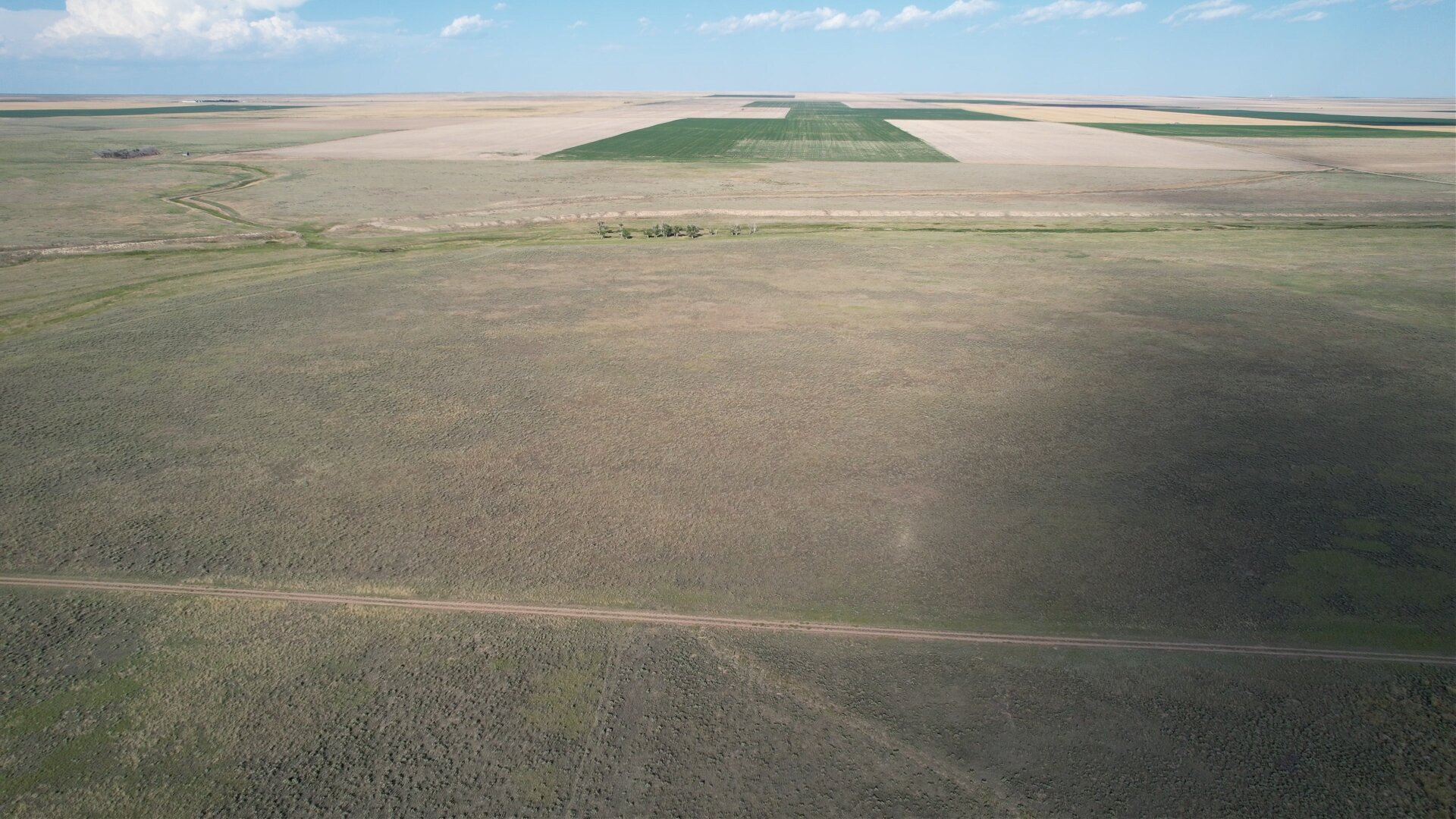Sand Creek Massacre site expands by nearly 3,500 acres

EADS, Colo. — Secretary of the Interior Deb Haaland announced Oct. 5 the National Park Service (NPS) has acquired nearly 3,500 additional acres for the expansion of the Sand Creek Massacre National Historic Site in Eads.
“The events that took place here forever changed the course of the Northern Cheyenne, Northern Arapaho, and Cheyenne and Arapaho Tribes,” Haaland said at Wednesday’s event at the historic site. “We will never forget the hundreds of lives that were brutally taken here — men, women and children murdered in an unprovoked attack.”
At dawn on Nov. 29, 1864, nearly 700 volunteer cavalrymen opened fire on a peaceful encampment of Cheyenne and Arapaho people on the grassy plains of eastern Colorado, near what is now the Town of Eads. The perpetrators of the massacre were under the command of Col. John Chivington. Those at the camp had been assured they would be safe there.
According to an account of the atrocity from the NPS, the troops killed nearly 230 people over the course of eight hours. A majority of the victims were women and children.
The attack led to a congressional investigation that condemned Chivington's actions and resulted in the ousting of territorial Governor John Evans, who in August of 1864 issued a proclamation calling on citizens "to kill and destroy, as enemies of the country… all hostile Indians." Governor Jared Polis officially rescinded the proclamation in August of 2021.
[Watch: Colorado Experience: Sand Creek Massacre]

According to a press release from the U.S. Department of the Interior, the expansion of the Sand Creek Massacre National Historic Site, which was officially established in 2007, “will allow NPS to increase public opportunities to experience and interpret the site’s stories and history.”
There are also ecological benefits. NPS says “the expansion of the historic site will contribute to one of the most intact shortgrass prairie ecosystems within the National Park system, providing habitat for a wide range of plants, wildlife and species of special concern.”
Leaders from the Northern Arapaho Tribe, the Northern Cheyenne Tribe, the Cheyenne and Arapaho Tribes joined Haaland, the first Native American to serve as a cabinet secretary, at Wednesday’s announcement. Senators John Hickenlooper and Michael Bennet, both Colorado Democrats, also traveled to Eads for the event. Descendants of some of the massacre’s victims and survivors were in attendance.
“Our people fought and ran for their lives on this sacred ground,” said William Walksalong, the tribal administrator for the Northern Cheyenne Tribe.
William Walksalong, tribal administrator for the Northern Cheyenne Tribe, is a descendant of some of the massacre’s victims and survivors and an advisor to the Sand Creek Massacre Foundation. “Our people fought and ran for their lives on this sacred ground,” he says. pic.twitter.com/qjgS3H0trg
— Chase Woodruff (@dcwoodruff) October 5, 2022
“Stories like the Sand Creek Massacre are not easy to tell but it is my duty — our duty — to ensure that they are told,” Haaland said. “This story is part of America’s story.”
Funding for the expansion was made possible by the Land and Water Conservation Fund (LWCF), which was established by Congress in 1964 and uses earnings from offshore oil and gas leasing to protect land, water and historic sites.
As secretary, Haaland has led a reckoning over this country’s long, sordid history of committing atrocities against Native and Indigenous communities. In May of this year, the Interior released a first-of-its-kind report about the abuse and deaths that occurred at Native American boarding schools. Haaland has also led the effort to remove the word “squ*w” — a racist term for Native American women — from federal lands, including several places in Colorado.
Kyle Cooke is the digital media manager at Rocky Mountain PBS. You can reach him at kylecooke@rmpbs.org.